1.5 volt battery refers to a type of battery that provides a voltage output of 1.5 volts.1.5 volt batteries are typically disposable,but those with NiMH chemistry and lithium-ion chemistries are rechargeable.It is a common and widely used size of battery in various portable electronic devices and household items.
The 1.5 volt battery is typically cylindrical in shape and comes in different chemistries, including alkaline, zinc-carbon, and lithium.Alkaline batteries are the most common type and are known for their long shelf life and reliable performance.They are widely used in devices such as remote controls, flashlights,toys, and portable audio players.
Zinc carbon batteries, also known as carbon zinc batteries,are another type of 1.5 volt battery.They are less expensive than alkaline batteries but have a shorter lifespan and lower capacity.They are commonly used in low-drain devices like wall clocks, basic toys, and small electronic gadgets.
Lithium batteries, such as lithium coin cells,also provide a 1.5 volt output.These batteries have a higher energy density and longer lifespan compared to alkaline and zinc carbon batteries.They are commonly found in devices such as digital cameras,calculators, and various medical devices.
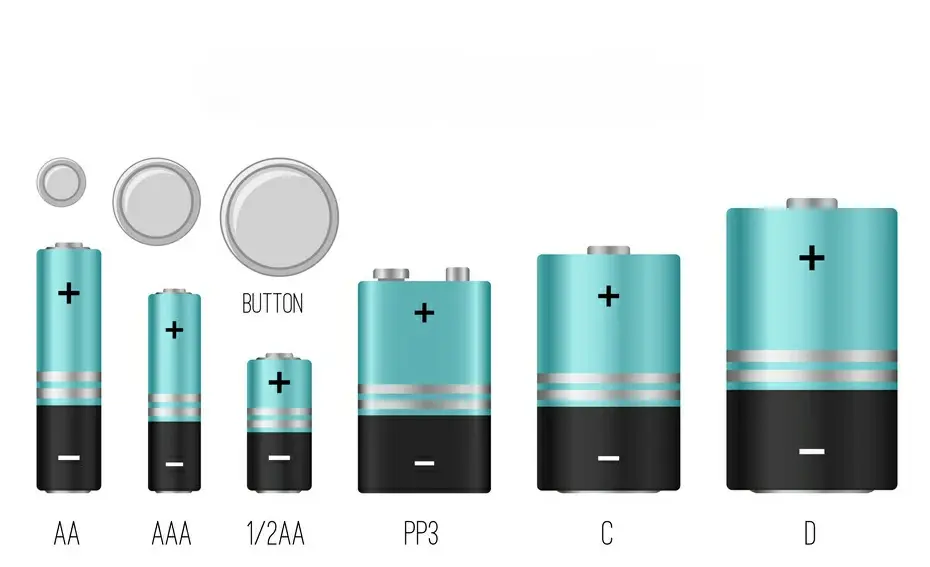
AA battery size:14.5mm(0.57 inches)× 50.5mm(1.99 inches)
AAA battery size:10.5mm(0.41 inches) × 44.5mm(1.78 inches)
AAAA battery size: 8.3mm(0.33 inches) × 42.5mm(1.67 inches)
C battery size: 26.2mm(1.03 inches) × 50mm(1.97 inches)
D battery size: 34.2mm(1.35 inches) × 61.5mm(2.42 inches)
LR44 battery size: 11.6mm(0.46 inches) × 5.4mm(0.21 inches)
It's important to note that the capacity of a 1.5 volt battery can vary depending on its chemistry and size.The common sizes for 1.5 volt batteries include AA,AAA,AAAA,C,D and LR44.Each size corresponds to a specific physical dimension and capacity.
When using 1.5 volt batteries,it is essential to follow proper usage and disposal guidelines.It is recommended to insert the batteries correctly,avoid mixing different battery chemistries,and recycle used batteries to minimize environmental impact.
The AA 1.5-volt battery is a popular and commonly used cylindrical battery size that provides a voltage output of 1.5 volts.It is widely available and suitable for a wide range of electronic devices and household items.
AA batteries are typically cylindrical with a diameter of approximately 14.5 millimeters and a length of about 50.5 millimeters.They are also known as double-A batteries and are widely recognized by their standard size.
AA batteries are primarily available in two main chemistries: alkaline and rechargeable.
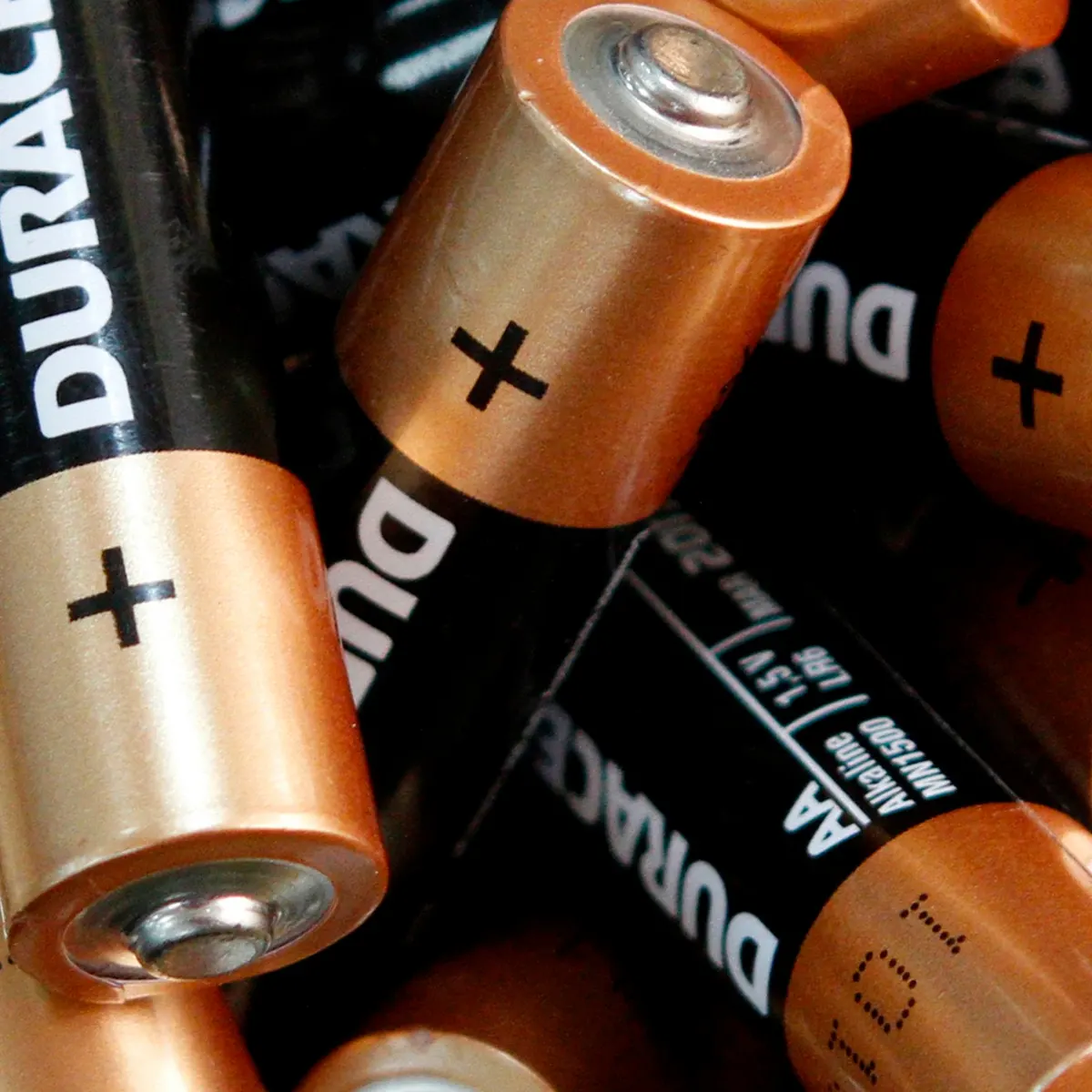
Alkaline AA batteries are non-rechargeable, disposable batteries.They are widely used due to their long shelf life and reliable performance.Alkaline batteries have a relatively high energy density,making them suitable for a variety of devices with moderate power requirements.They are commonly used in devices such as remote controls, flashlights,portable audio players, toys, and various household electronics.
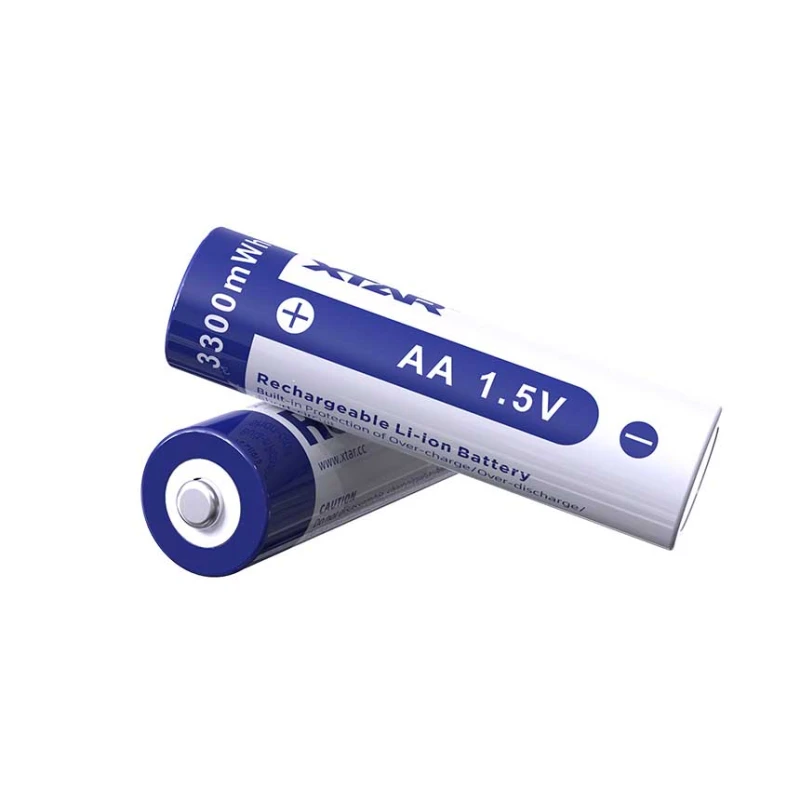
Rechargeable AA batteries are designed for multiple uses and can be recharged hundreds of times.The most common rechargeable chemistries for AA batteries are Nickel-Metal Hydride (NiMH) and Lithium-Ion (Li-ion).NiMH rechargeable batteries are widely available and have become a popular choice for powering devices that require AA batteries.They offer a higher capacity compared to alkaline batteries,making them suitable for high drain devices such as digital cameras,game controllers, and portable audio devices.Li-ion rechargeable AA batteries provide even higher energy density and longer lasting power,making them ideal for demanding applications where extended runtime is required.
When using AA batteries,it's important to note that they should be inserted correctly,with the positive (+) and negative (-) terminals aligned properly with the device's battery compartment.It is also recommended to recycle used batteries properly to minimize environmental impact.
Lithium batteries with a voltage output of 1.5 volts are a specific type of battery commonly used in various electronic devices such as digital cameras,handheld gaming devices, and medical equipment.1.5 volt lithium batteries are typically lithium-iron disulfide (LiFeS2) batteries.This chemistry offers a high energy density,providing long lasting power and reliable performance.
The most common size for a 1.5 volt lithium battery is AA battery.Lithium batteries have an impressive shelf life,often lasting several years without significant loss of power.Compared to other battery chemistries, lithium batteries offer several advantages.They have a higher energy density,providing more power in a compact size.They are also lightweight, making them convenient for portable and handheld devices.Additionally, lithium batteries have a lower self discharge rate, meaning they retain their charge for longer periods when not in use compared to other battery types.While lithium batteries are generally safe to use, it's important to handle them properly.Avoid short circuiting the battery,exposing it to high temperatures,or puncturing it,as these actions can lead to leakage or even fire hazards.
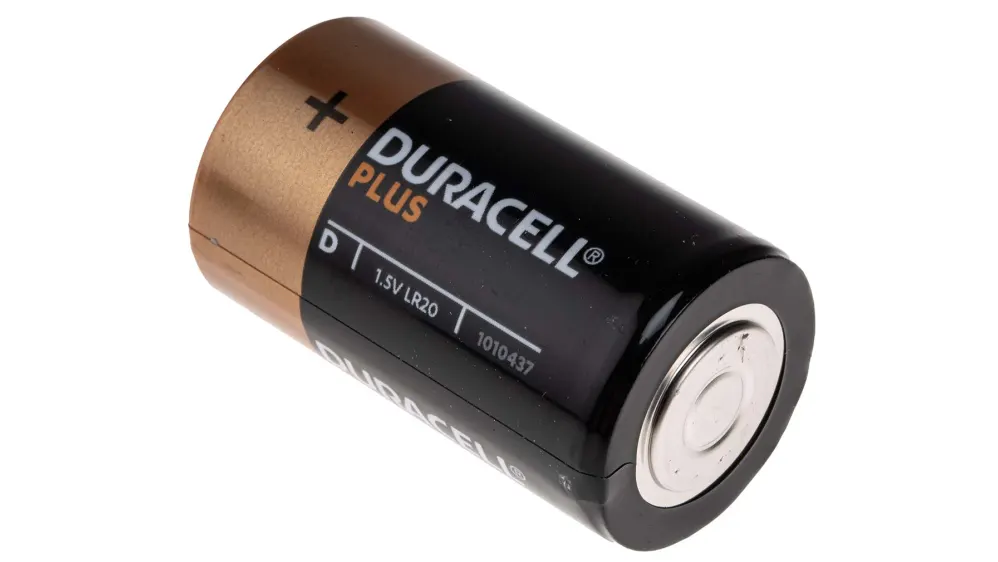
1.5 volt D battery,often referred to as an alkaline D cell,is a common type of dry cell battery with widespread use in various household and industrial applications.Common uses include powering flashlights,portable radios,toys,and medical devices like hearing aids and blood glucose meters.D battery is a large cylindrical battery.This makes it one of the bigger single use batteries,which also correlates with its higher energy capacity compared to smaller batteries.The most common chemistry for D batteries is alkaline, which is why they are often called alkaline D cells. Alkaline batteries have a zinc anode and a manganese dioxide cathode, with an alkaline electrolyte,usually potassium hydroxide,facilitating the chemical reactions that produce electricity.
While most D batteries are single use (primary batteries),there are also rechargeable versions available,typically with nickel iron (NiFe),nickel cadmium (NiCd),or nickel metal hydride (NiMH) chemistry.Lithium-ion (Li-ion) D batteries are less common but offer higher energy density and longer cycle life.
The NEWARE battery tester CT-4008Q-5V6A-S1 is designed for cylindrical battery and other low current demand testing, meeting various charging and discharging test needs such as cycle life testing, rate capability testing, GITT testing, and PITT testing.
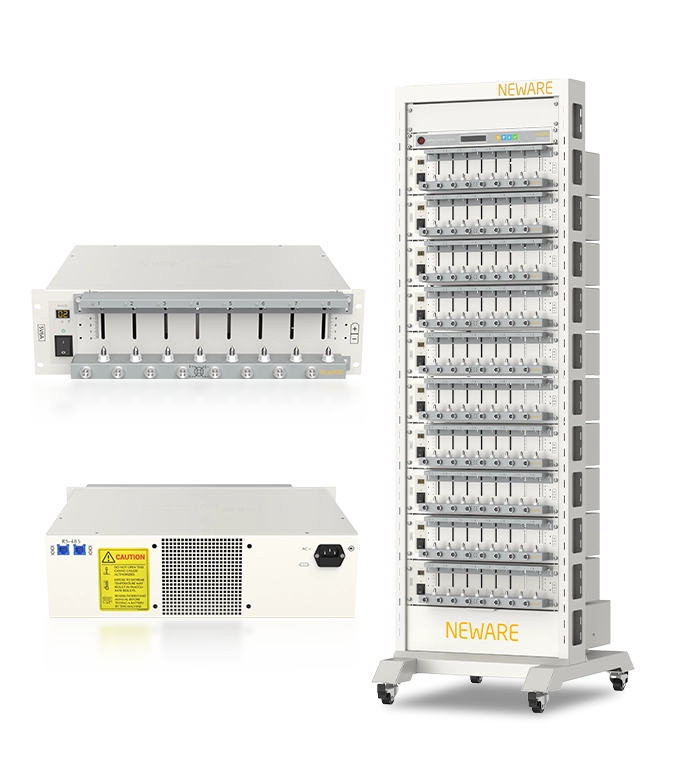
Multi function testing: It integrates a variety of testing modes to adapt to different research and development needs, providing a comprehensive solution for battery performance evaluation.
High precision measurement: Utilizing advanced measurement technology, it achieves precise control and monitoring of current and voltage, meeting the high standards of scientific research-level battery testing.
User friendly: Equipped with an intuitive operation interface and data processing software, it simplifies the testing process and enhances user experience.
Data recording and analysis: It has a powerful data recording function, facilitating researchers to conduct in-depth analysis and long-term tracking of battery performance.
NEWARE is dedicated to providing support for global battery manufacturers, electric vehicle producers, energy storage battery manufacturers, and enterprises, national quality inspection departments, universities, and research institutions.
NEWARE
47690 Westinghouse Dr, Fremont, CA 94539



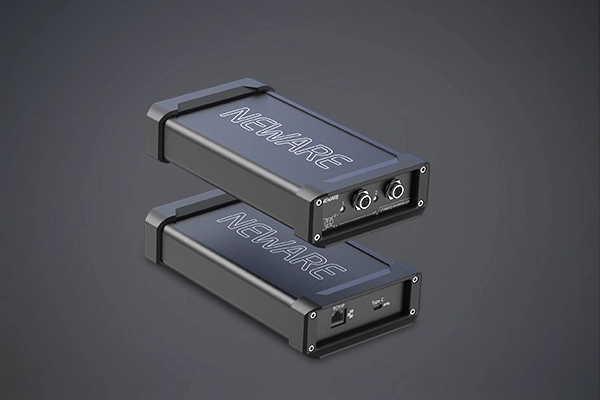
● Voltage&Current Accuracy:±0.01% F.S.
● Recording Frequency:100Hz
● Current Response Time:≤1ms
● Minimum Pulse Width:500ms
● Off-Line Test:1GB/CH
● Cycle Life, GITT Test, DCIR Test, dQ/dV Curve
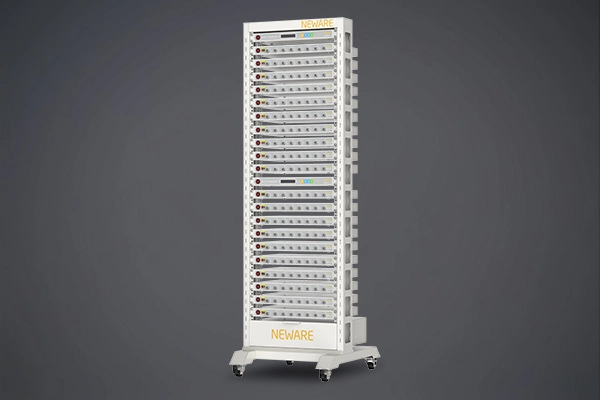
● Voltage & Current Accuracy:±0.01% F.S.
● Recording Frequency:10Hz
● Sampling Time:100ms
● Current Response Time:≤1ms
● Minimum Pulse Width:500ms
● Off-Line Test: 1GB
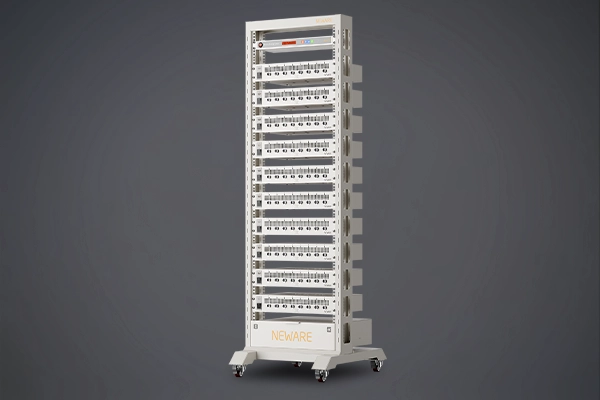
● Voltage & Current Accuracy:±0.05% F.S.
● Recording Frequency:10Hz
● Sampling Time:100ms
● Current Response Time:≤1ms
● Energy Efficiency:>65%
● Off-Line Test: 1GB
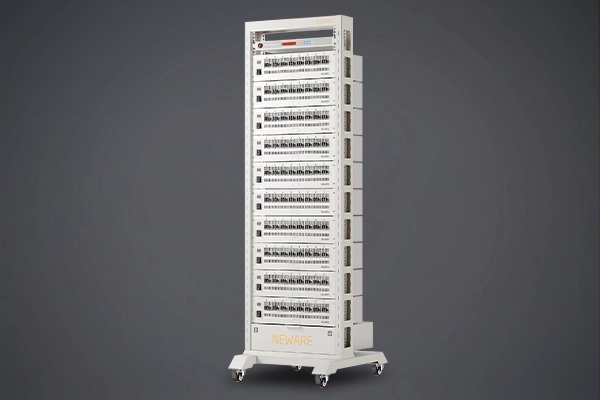
● Voltage & Current Accuracy:±0.05% F.S.
● Recording Frequency:10Hz
● Sampling Time:100ms
● Current Response Time:≤1ms
● Energy Efficiency:>65%
● Off-Line Test: 1GB

● Voltage & Current Accuracy:±0.05% F.S.
● Recording Frequency:10Hz
● Sampling Time:100ms
● Current Response Time:≤1ms
● Energy Efficiency:>65%
● Off-Line Test: 1GB
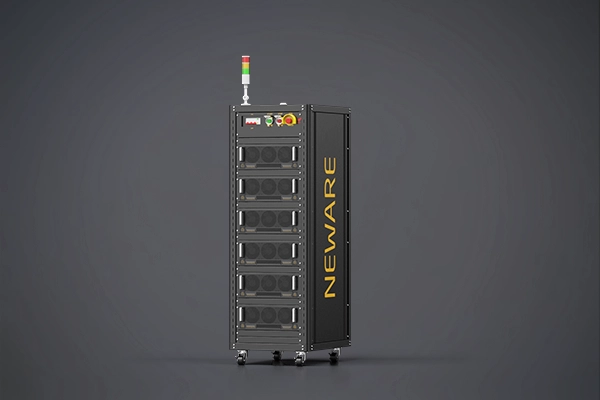
● Voltage Accuracy:±0.02% F.S.
● Current Accuracy:±0.05% F.S.
● Resolution Ratio AD/DA:16bit
● Current Response Time:≤1ms
● Minimum Pulse Width:100ms
● Off-Line Test:1GB/CH
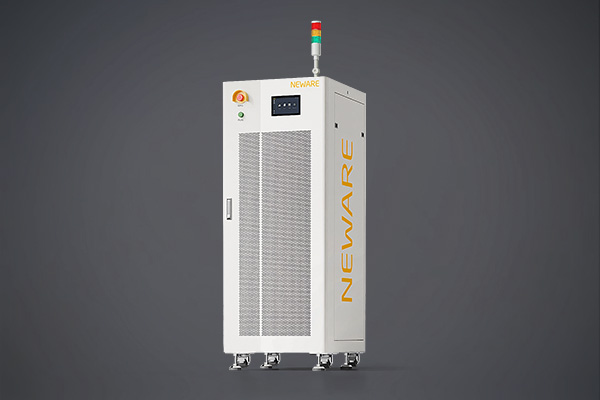
● Voltage & Current Accuracy:±0.05% F.S.
● Recording Frequency:100Hz
● Current Conversion Time:≤6ms
● Current Response Time:≤3ms
● Minimum Pulse Width:100ms
● Feedback Efficiency (Max) :75%
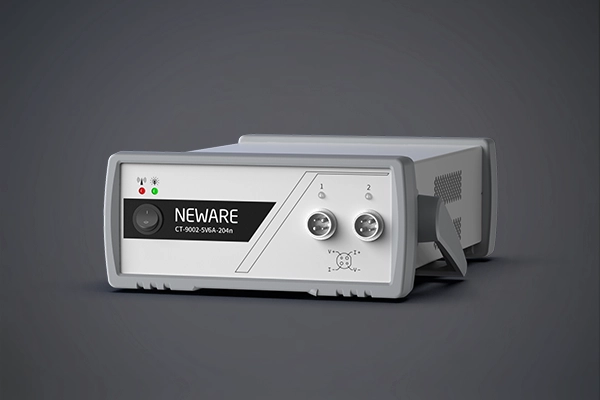
● Voltage & Current Accuracy:±0.02% F.S.
● Voltage & Current Stability:±0.01% F.S.
● Recording Frequency:1000Hz
● Resolution AD:16bit
● Current Response Time:≤100μs
● Off-Line Test: 1GB